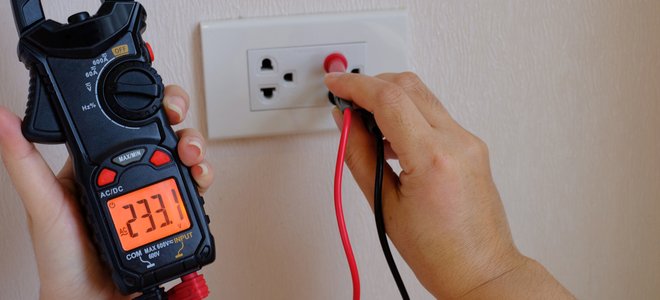
Faulty outlets, switches, and bulbs are common problems. But have you ever encountered a situation where you have current in your switches and outlets, and your bulbs are all in normal working conditions, but the lights won’t turn on?
The tough news is that faulty lights with functional outlets and switches have no one-size-fits-all solution. The good news is that a variety of solutions exist for diagnosing and resolving the issue.
Challenges with the Basic Wiring Structure
The basic structure of wiring fixtures can affect the functioning of lights. Understanding the basic wiring structure issues that may affect lighting is a great way to diagnose the problem.
The Neutral Feedback Effect
When there’s an electric current passing through your outlet and switches but the bulb connected to these switches won’t work, the voltage reading you record from the switch might be neutral feedback. Neutral feedback occurs when the hot conductor has either burnt itself apart or has encountered a loose connection.
This fault usually occurs at a nearby junction box. You can use elimination to identify the specific location of the fault as it can occur in any of the boxes within the circuit. However, before commencing the elimination process, ensure the breaker that feeds the circuit has been turned off. This safety measure is necessary because a connection capable of shortening a circuit can be a fire hazard. Once the breaker has been tripped, carefully open and check each box, looking for burnt/ cracked insulation.
If you find an open neutral wire, ensure the wire nut used for repair is large enough to cover the naked wire and properly secure it from within the box. However, depending on what you find, you might require a professional electrician to conduct an in-depth inspection of the whole electrical system, more so the circuit panel.

Tripped Ground Fault Circuit Interrupter (GFCI)
GFCI is often a potential culprit if your light fails to function, yet the breaker has not been tripped. The GFCI is designed to trip instantaneously at the “sight” of an electrical imbalance to prevent persons in the vicinity from instant electrocution. GFCI are identified by their signature “reset” and “test” buttons. They usually work by monitoring the electrical current and instantly cutting it out in case of an imbalance.
It is therefore crucial in such cases to check the status of your GFCI if installed. To assess whether or not the GFCI has been tripped, hit the “test” button on the outlet’s face. The “test” button would not respond on a tripped GFCI. To restore power to the outlet and subsequent outlets (if any), press the “reset” button until it clicks.
Fluorescent or LED bulbs have been known to flicker before reaching peak illumination, but in case the flickering proceeds beyond illumination, then it might just be time to change the bulb. However, if the flickering occurs when a large appliance is plugged in, it could mean your household voltage is not up to standard. Such Undervoltage might require immediate attention from a professional electrician.

Other Causes of Failed Light
Safety Note: Before any operation, always ensure the circuit breaker to the target switch, outlet, or light fixture has been switched off! Below are the other common causes of failed light.
Loose Wiring
Identify the suspect switch or fixture. Open and examine. If it is the one, tighten the screw terminals down to the wires.
Cord
Cords can easily loosen from their socket terminal, the plug terminal, or the fixture’s internal wiring, whether for the hanging fixtures or plug-in lamps. Try to adjust their positioning to see if the light turns on, even just temporarily. If it does, it’s time to fix/replace the cord.
Circuit Cable
An interruption somewhere along the circuit path can potentially cut the power supply to the bulb. If this is the case, an electrician input might be necessary.
Fixture Wiring
A problem with the fixture wiring might prevent the light bulbs from accessing the electric current. Consider taking apart the fixture and evaluating its internal wiring connection. If the wiring has been burnt out or laid bare, consider replacing it with a brand new one. In addition, ensure the recommended wattage rating corresponds with the bulbs you are using to avoid damaging the fixture’s wire connection.
Bottom Line
Depending on the nature of the problem and the solution’s effectiveness, you may consider contacting a professional electrician if things don’t turn out as expected. Throughout your operation, safety is paramount and must always be given priority.
Source link : https://www.doityourself.com/stry/power-at-switch-and-outlet-but-lights-won-t-work












